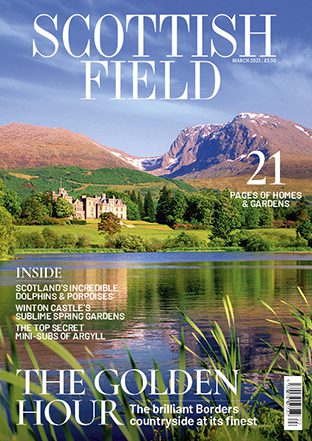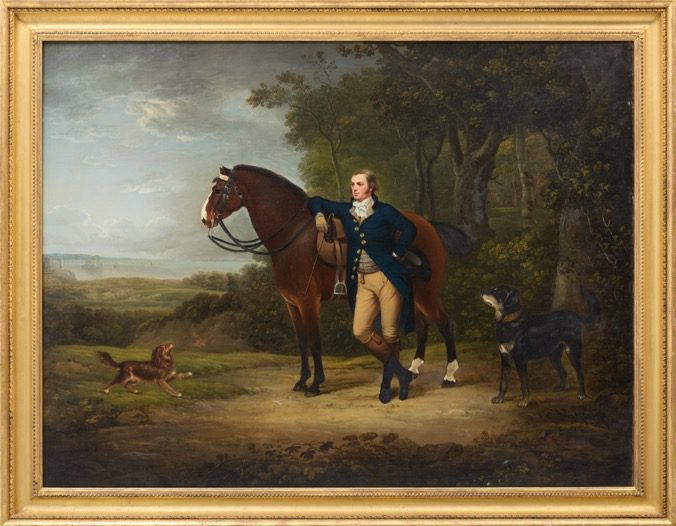
Artworks from Yester House collected by BBC Antiques Roadshow expert go under the hammer
Artworks from the historic 18th century Yester House in East Lothian collected by BBC Antiques Roadshow expert Hugo Morley-Fletcher are going under the hammer.
The work comes from descendants of the Hay family (later the Marquesses of Tweedale), who owned the house from the 15th century until the late 1960s
Hugo, who died in 2022, was the first boy in the family to have been born at Yester House since 1888 and had many fond memories of growing up there.
Yester House is a historical landmark, representing centuries of Scottish architectural and familial history.
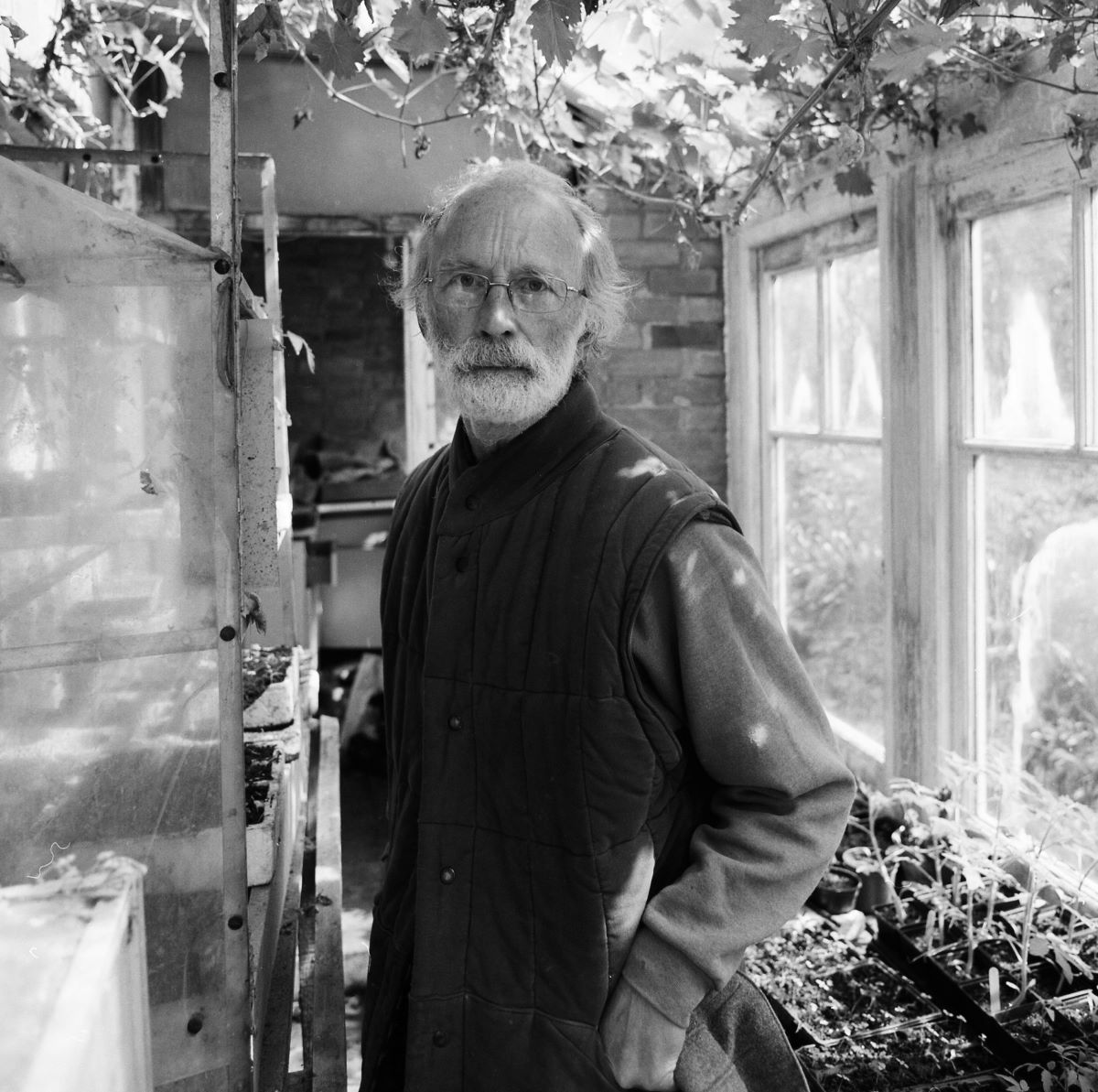
Hugo Morley-Fletcher. Credit: Family Archive
Its architecture, interiors and fascinating historical works had a profound effect on Hugo and would influence his future career choice.
On the death of his grandfather, the 11th Marquess in the late 1960s, the house was sold, along with much of its contents.
While the family retained some, Hugo also worked hard to trace and purchase the others, so they could be reunited in his family’s collection.
The works will be offered in Roseberys upcoming Old Master, British & European Pictures sale on 12 March.
‘The Collection of Hugo Morley-Fletcher reflects a lifetime of collecting and connoisseurship from a true polymath,’ Lara L’vov‑Basirov from Roseberys said.
‘Spanning beautiful old master portraiture to rare porcelain, the collection reflects his deep intellectual interest in owning a fascinating range of paintings and works of art.’
A portrait of Scottish statesman and peer John Maitland, the 1st Duke of Lauderdale, Secretary of State for Scotland from 1660 to 1680 by Anglo-Dutch artist Sir Peter Lely could fetch £12,000.
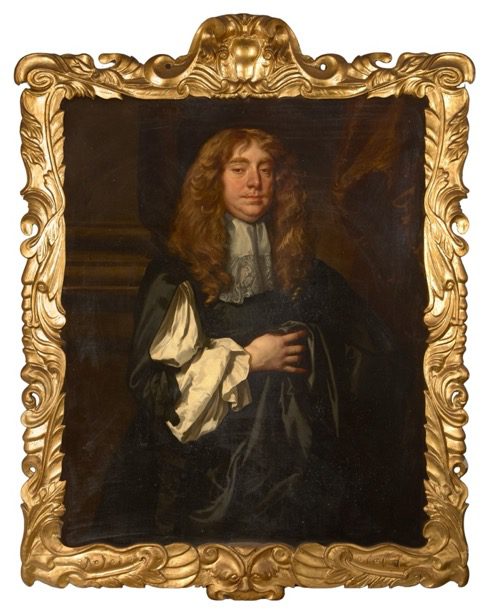
Portrait of Scottish statesman and peer John Maitland, the 1st Duke of Lauderdale, Secretary of State for Scotland from 1660 to 1680 by the studio of Anglo-Dutch artist Sir Peter Lely. Credit:Rosebery’s
Hugo’s collection also includes Old Master Paintings of his ancestors that were hanging in Yester House for centuries.
Among them is a portrait of John Hay, 8th Lord Hay of Yester, later 1st Earl of Tweedale (1595-1654), attributed to the Dutch painter Adam de Colone (1572-1651).
Colone was in Scotland for a short while and painted numerous portraits for the family, as well as counting the Royals amongst his patrons.
John Hay was a leading promoter of the National Covenant, an agreement signed by the Scottish people in 1638 which opposed religious reforms proposed by King Charles I.
This stood as a declaration by the Scottish population that they wished to retain their own religious beliefs and rights.
Despite this opposition to the King, Charles I remained on good terms with John Hay, making him Earl in 1646.
John’s half length oil portrait portrays him in a black and white slashed doublet with a white lace collar.
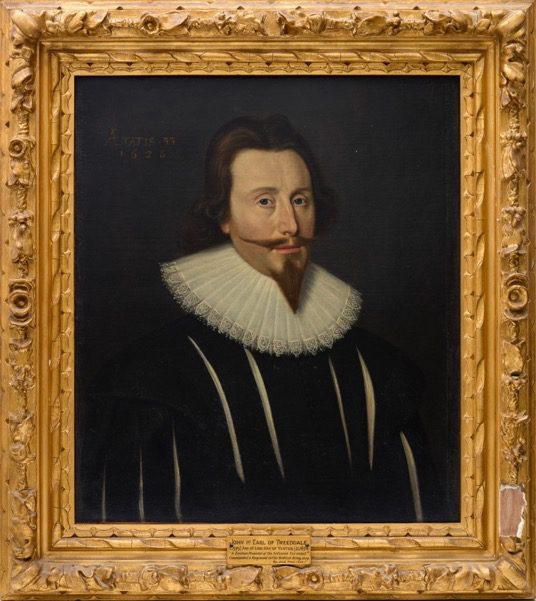
A portrait of John Hay, 8th Lord Hay of Yester, later 1st Earl of Tweedale (1595-1654), attributed to the Dutch painter Adam de Colone (1572-1651). Credit:Rosebery’s
The painting was loaned on exhibition to the Scottish National Portrait Gallery in 1975. In oil on canvas, it dates from 1628 and carries an estimate of £3,000.
The collection also features a portrait by the Scottish artist Alexander Nasmyth, who is described as the ‘founder of Scottish landscape painting.’
The portrait is of the Scottish Peer George Hay, 7th Marquess of Tweeddale who is pictured with his horse and two dogs in an extensive landscape.
Celebrated for his sweeping, dramatic landscapes, Nasmyth shaped the nature of Scottish painting and was the teacher of a generation of important artists.
It is estimated to fetch up to £15,000.
Hugo’s collection also features a selection of Ceramics, which were a passion and speciality of the late expert.
He was a long-standing expert on the BBC’s Antique Roadshow for over 25 years and was one of the founding members of the French Porcelain Society.
Dominic Simpson who worked closely with Hugo said: ‘Hugo had a natural eye for art, frequently cutting straight to the key points of an object.
‘His understanding extended beyond ceramics to encompass pictures and other decorative arts and he had the ability to identify the best artwork in a room filled with things, whether it was ceramic or something different. Hugo was a tour de force in the ceramics world.’
Read more Culture stories here.
Subscribe to read the latest issue of Scottish Field.
TAGS

